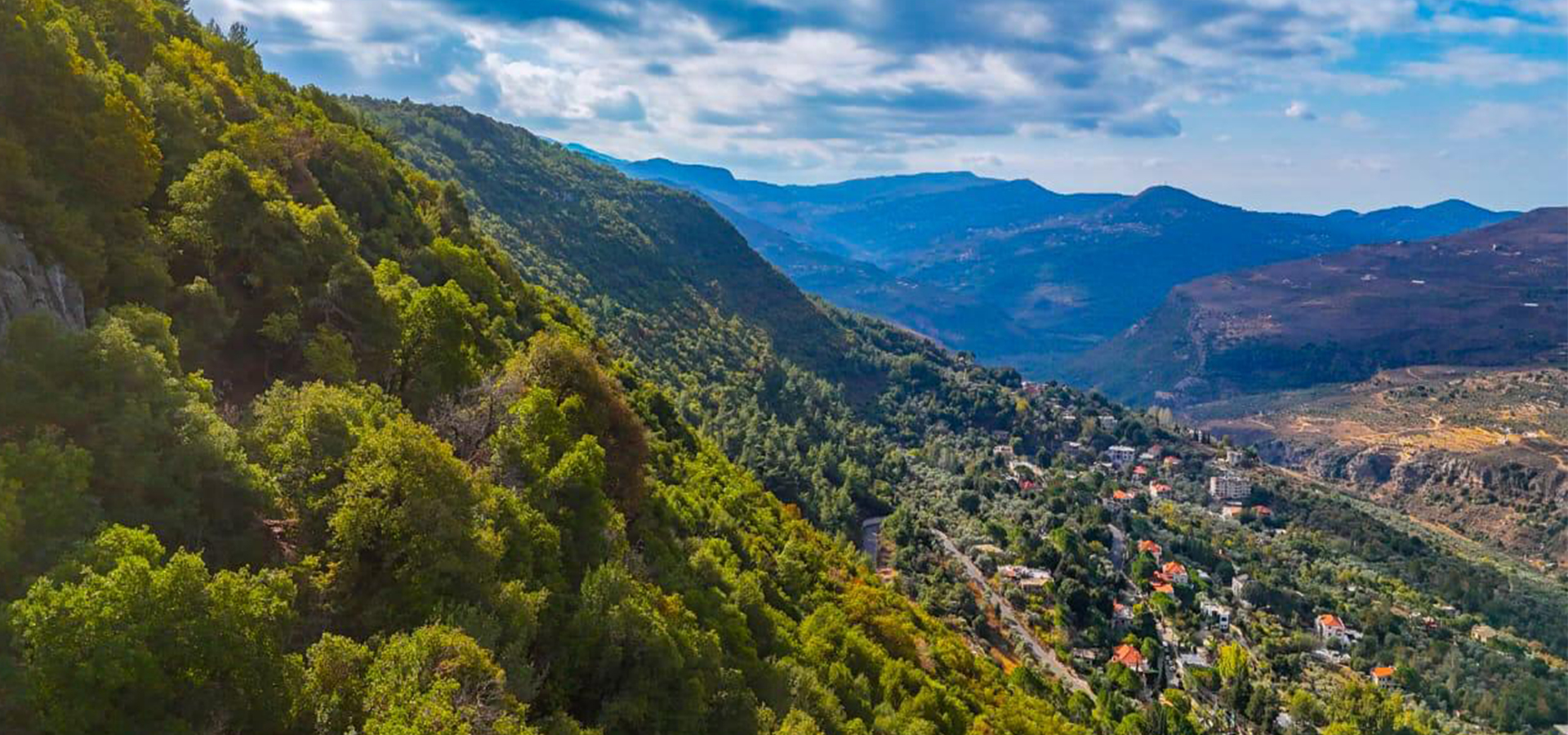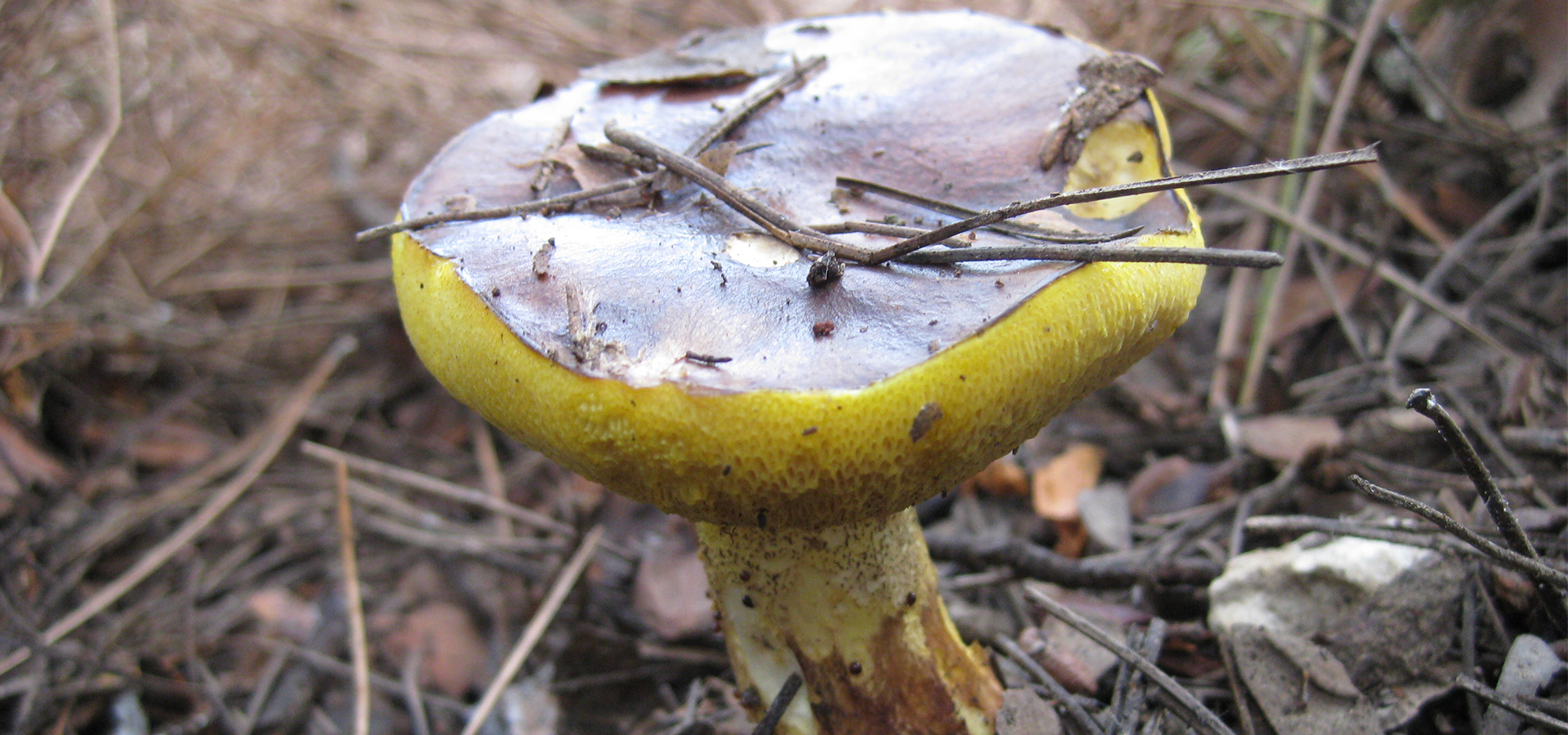
Voyage into the marvelous world of mushrooms in the Woods
- October 7, 2020
- 0
Cover photo: Horsh Ehden Natural reserve, under pine trees (November 2014)
Rana El Zein, PhD in plant and forest Biology
Nature lovers, you will be granted a spectacular mushroom show after some generous rainfall, especially in the woods. You will be seeing them under the trees, on tree trunks, on dead trees and on some strange locations such as the leaves or the fruits…
What are they doing there? Are they good or bad?
Before “investigating” these mushrooms and their hidden agendas, let’s define them.
Mushrooms are not plants, neither animals, they are creatures of their own.
Unlike plants that use solar energy to produce food (through photosynthesis) and animals that feed on prey they catch skillfully, kill and eat; mushrooms are decomposers, which means that they will turn organic (complex) matter coming from plants or animals, which could be alive or dead, into (simple) mineral elements that they will absorb to feed, grow and thrive!
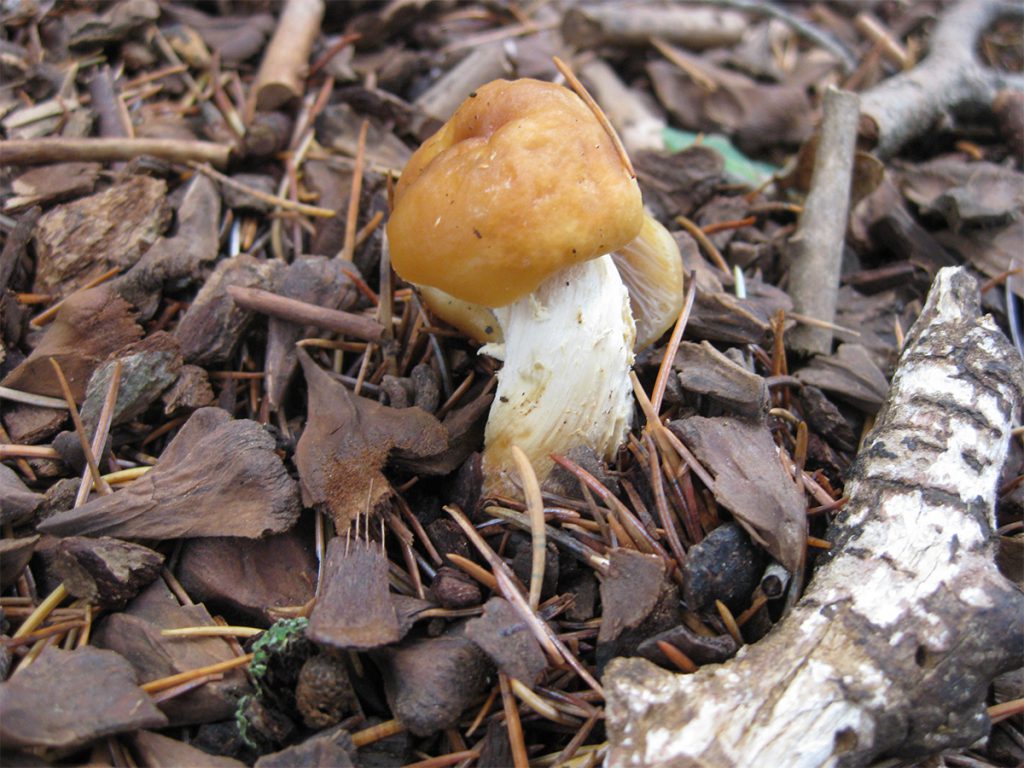
Not to forget that a mushroom body consists of an underground web of filaments that decompose organic matter. Mushrooms spend most of their time hidden underground, and show up occasionally to reproduce after the first rain in the fall or in early spring. That’s when we see them displaying a wide variety of shapes and colors.
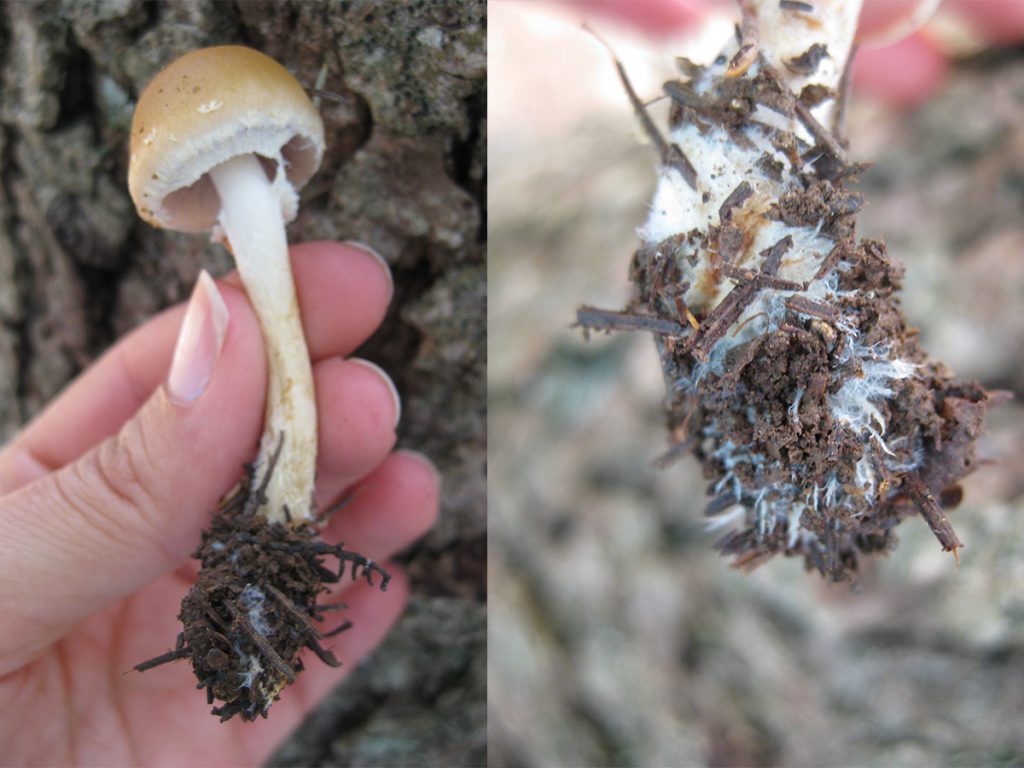
So, being decomposers is how mushrooms eat. The next question is how do they get their food i.e. the organic matter to decompose.
Let’s check the “jobs” performed by mushrooms that scientists call “the ecological niche”, which translates to their curriculum vitae (CV) or what do they do for a living in an ecosystem or a natural environment?
For a living, mushrooms could occupy the following positions or ecological niches:
– Mutualistic: these mushrooms establish a win-win partnership with another living organism, a “relationship” of mutual consent and benefits. That is the case of mushrooms sprouting around tree trunks in the forest for example. We call them mycorrhizal mushrooms, myco from ancient greek “múkēs” meaning fungus and rhiza meaning root. These mutualistic mushrooms establish a partnership with tree roots, which they provide with mineral elements coming from the decomposition of organic matter in the soil. To thank them, the plants offer them some of the sugars that they have produced by photosynthesis. This is a very successful and inspiring relationship, most of the trees are life-bound to their mycorrhizal mushrooms, they will have a poor growth if separated from them!
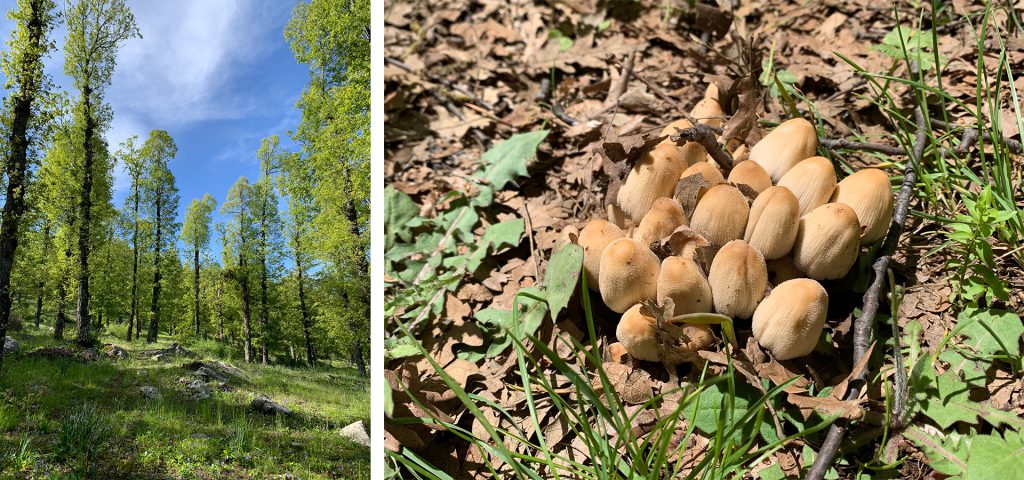
Perhaps the most extreme form of mutualism between a fungus and another living organism is a Lichen*, which are composite organisms in which an algae and a fungus tightly live together and function as a single unit. That’s what scientists call a Symbiosis, from ancient Greek sumbíōsis, meaning “living together”. In this symbiotic mutualism, algae produce food for both partners from solar energy (through photosynthesis), and the fungus provides a habitat within its filaments to the algae as well as mineral elements to complete its nutrition.
* We will dedicate a full article to Lichens in another issue.
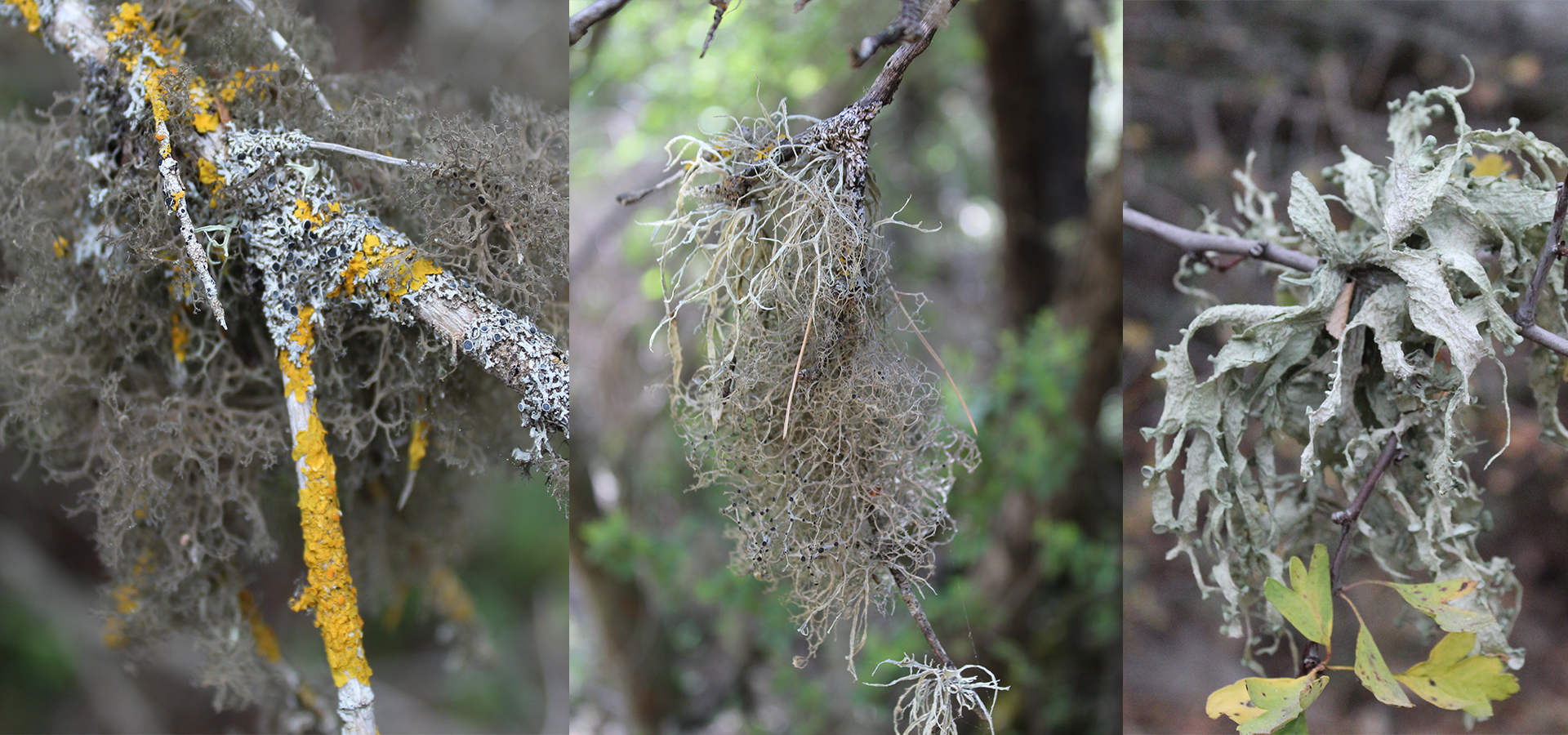
– Parasitic: these mushrooms will take advantage of the food produced or ingested by other plants and animals respectively without giving them anything in return! We can spot them on tree trunks, they usually seize a wound that they invade to get into the internal tissues of the tree and suck its food. We can also observe them as abnormal growth on branches, leaves or fruits.
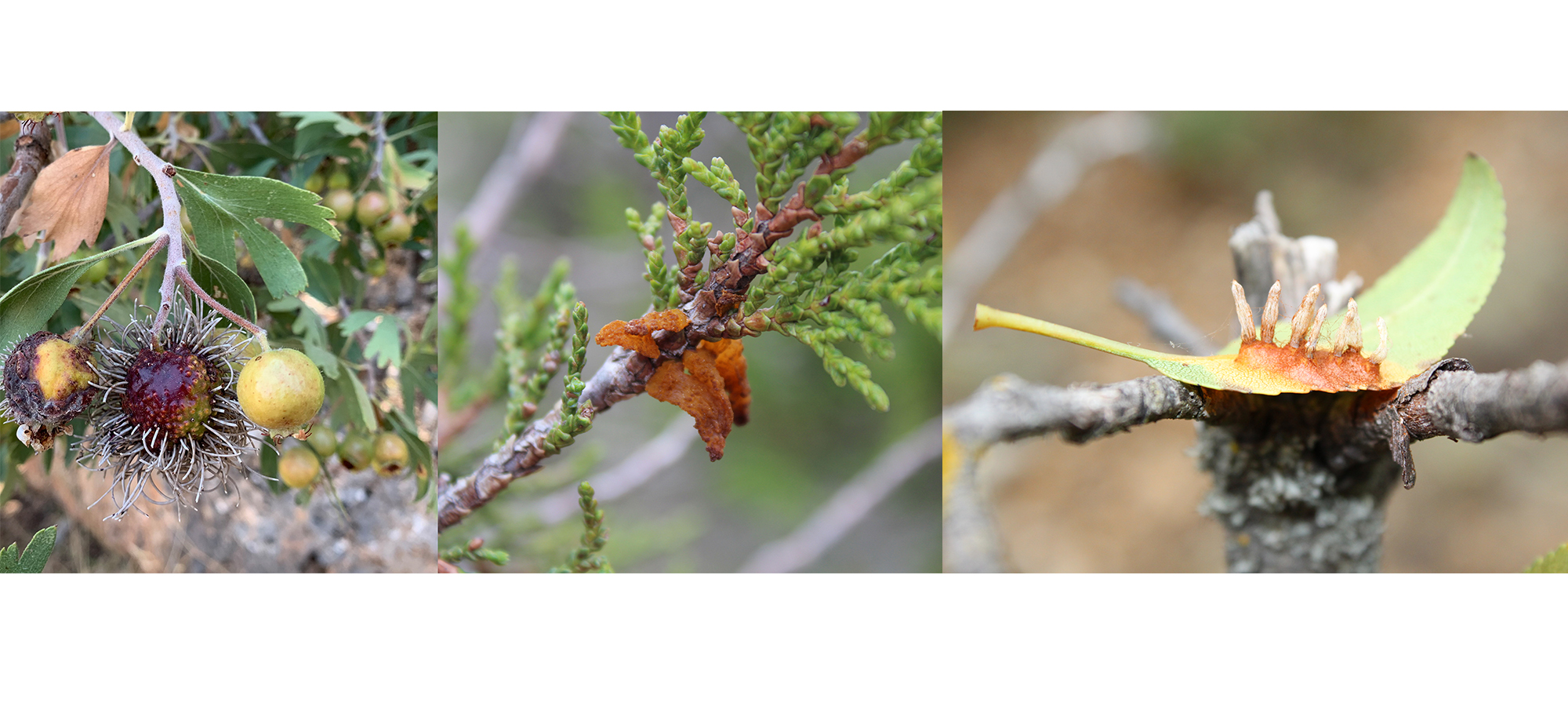
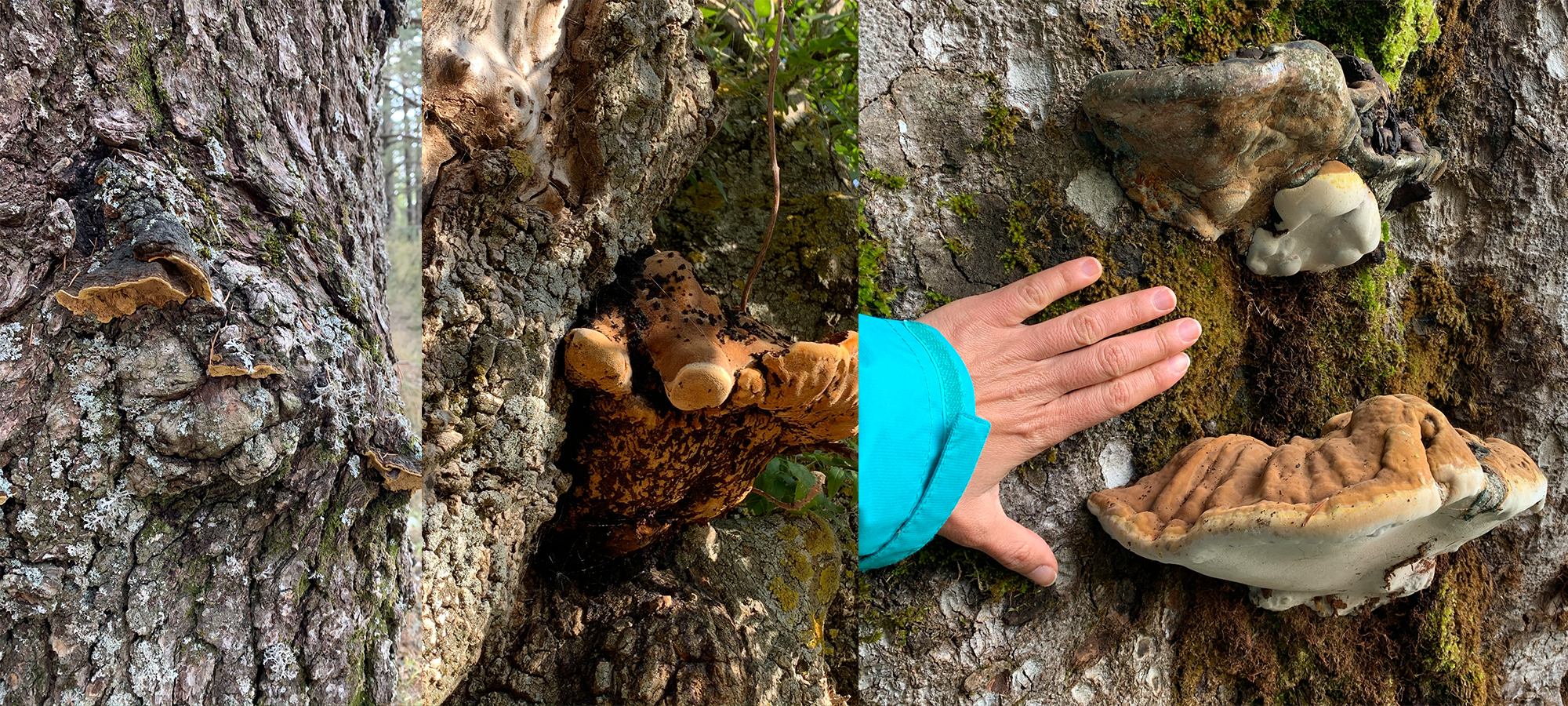
a) on a cedar tree in Aïn Zhalta cedar forest (November 2019), b) on an ash tree (Ammiq wetlands, September 2020) & c) on a fir tree (The black valley, Akkar, December 2020)
– Saprophytic: these mushrooms decompose dead plants and animals into mineral elements that will be returned to the soil to be absorbed by the roots of plants in the endless cycle of life, that we all recall in the saying: “from ashes (or dust) you came and to ashes you shall return”.
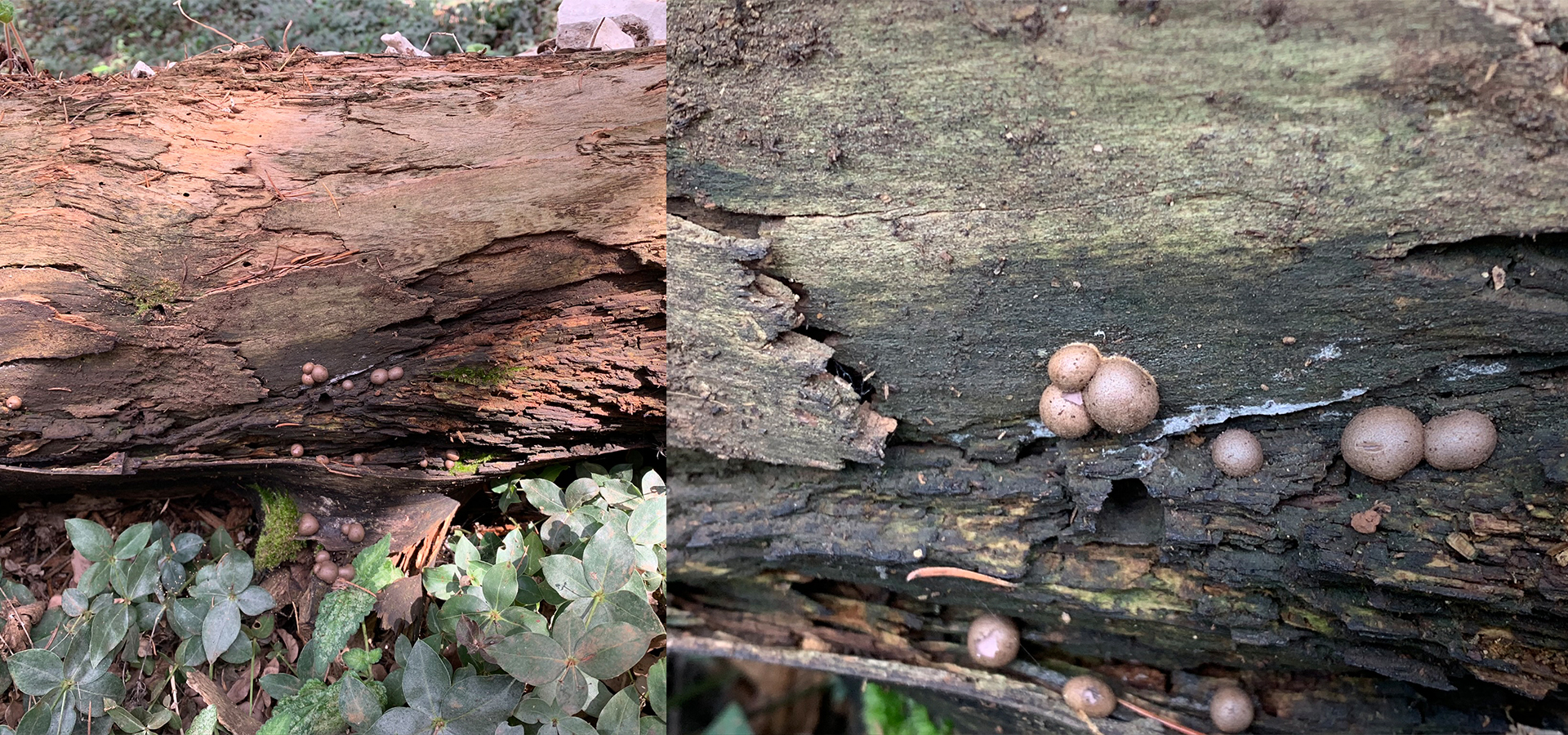
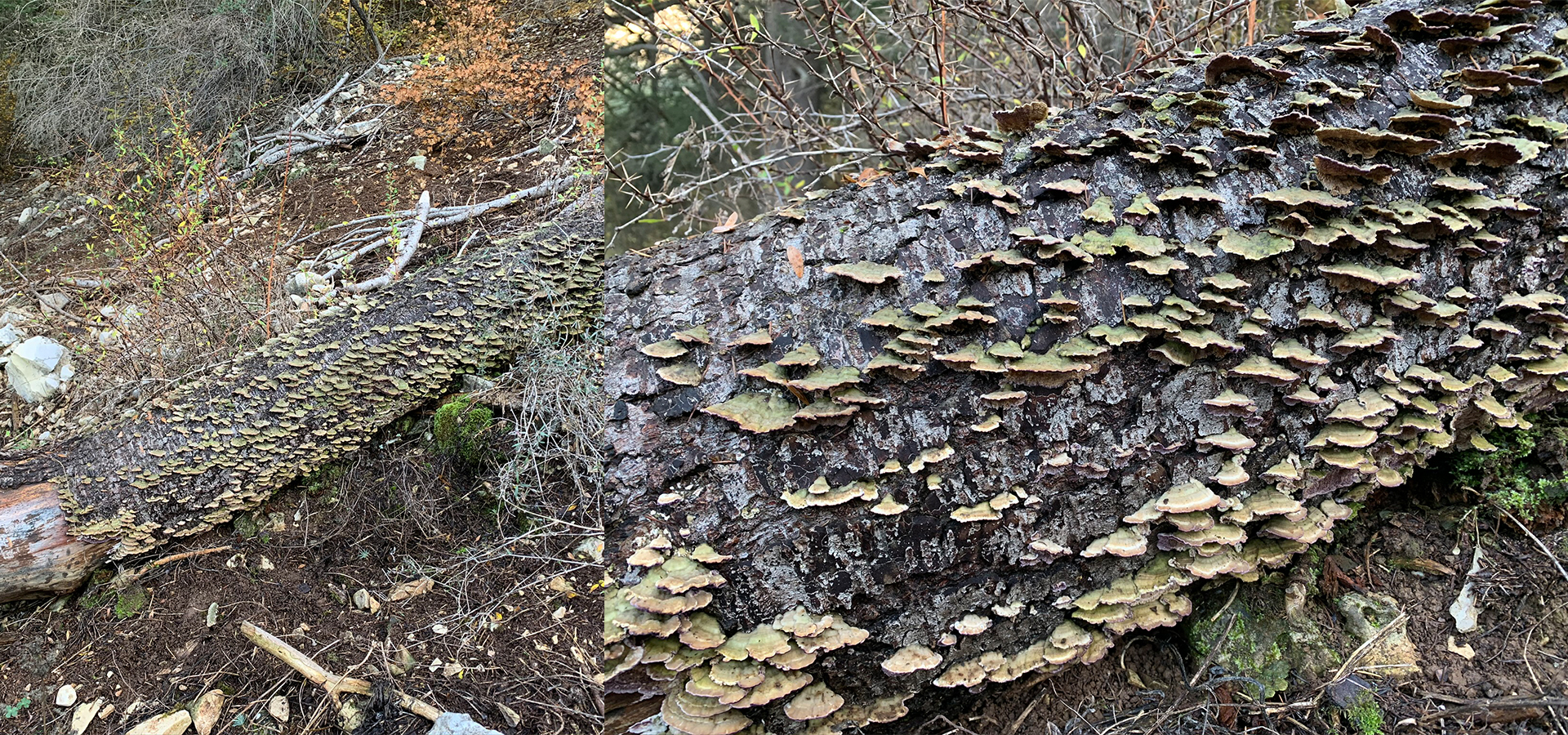
Whether, mutualistic, parasitic or saprophytic, learn to observe and respect these recyclers. We shall never destroy or remove a fungus because it is parasitic. Remember whatever is their way to get their food, fungi are key factors of the food chain in natural ecosystems. Without them decomposing organic matter, life cannot perpetuate.
Remember, mushrooms could be beautifully toxic & lethal, so never consume wild mushrooms unless you are an expert and capable of identifying edible and non-edible ones.
Now with the “mushrooms’ demystified, we wish you meaningful and enjoyable trips in the woods this fall.
Don’t forget to follow the mushroom platforms on social media and to share your findings with us!
Facebook:
– Mushrooms of Lebanon and Levant







